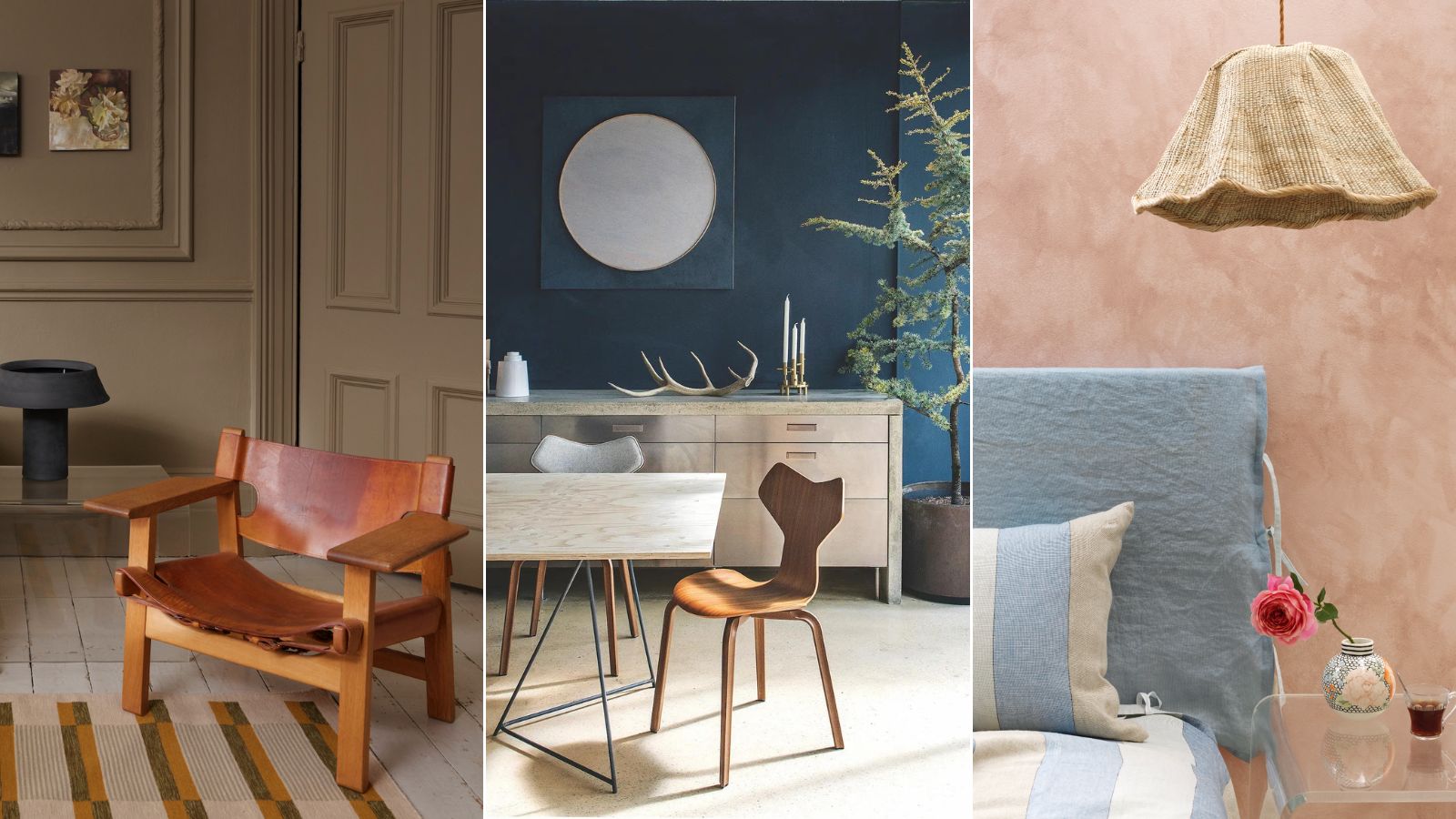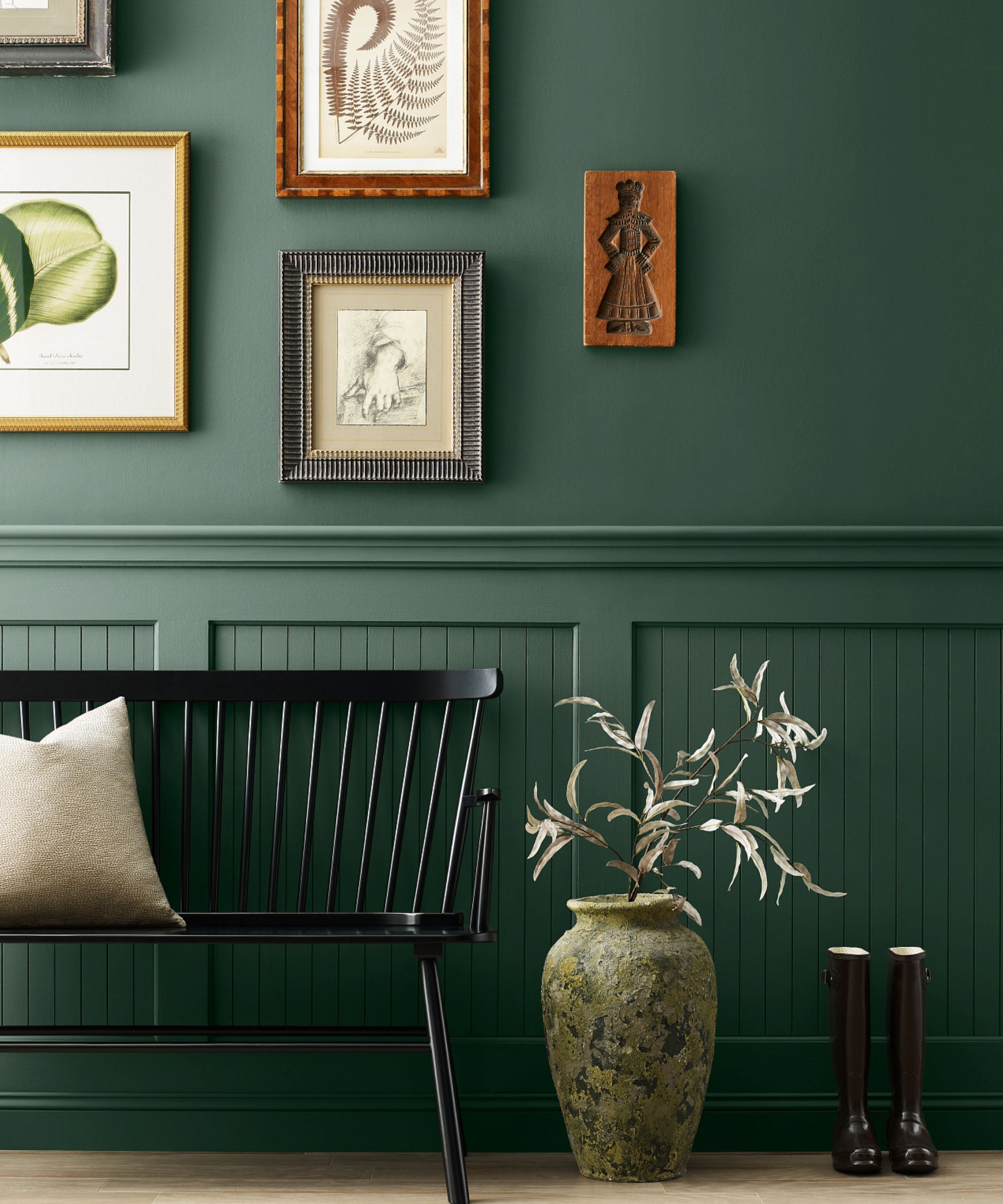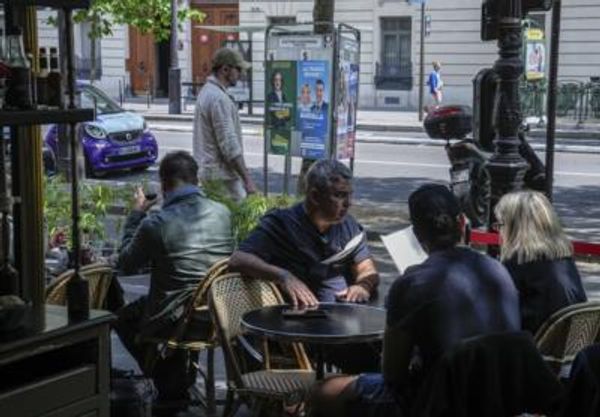
So you've fallen in love the perfect shade of paint while scrolling Pinterest or watching a celebrity house tour? It's the exact color you envisioned painting your walls and you're confident it's a match for your interior decor, too? There's just one catch: you can't find any information on the shade or paint brand anywhere.
While it's easy enough to color-match paint already on walls, the task is complicated when you only have a picture or video to go by. Not only does it require you to put in some guesswork as to the type of paint finish, it also means cross-referencing popular brands to try and spot the right match.
But what if it was possible to make this task easier? We asked professional decorators and premium paint brands to share their tips bring your paint ideas to life from a photo or video alone.
How to color match a paint shade from a photo
'It is actually incredibly difficult to accurately color match from a photo or video,' explains Price Latimer, Co-Founder and CCO of Alkemis Paint. 'Theoretically everyone’s mobile phone screen or computer monitor is calibrated uniquely or set to a different brightness level.'
'Photos come really close to getting accurate color temperatures, but never quite 100% there,' adds Brandon Walker from ASAP Restoration. 'Close enough for some people will be totally off to others. For colors that have a lot of variables in the mix, this can mean even a fraction of a drop of pigment can completely change the final color ratio.'
But don't give up hope yet – there are a few solutions you can try to match a paint shade as closely as possible from your favorite reference photo...
1. Extend Your Research

Before you commit to any of the color-matching hacks below, you may want to put a little bit more effort into your online research. If you're convinced that the paint color on a photo or video is the ideal shade for your home, try to find out who the interior designer responsible for the project was and politely reach out to them. Many designers will be happy to share these smaller details of a project and may even have this information listed on their portfolio website.
Similarly, if you're confident you know the paint brand but not the specific shade, reach out to a brand representative and ask them for their expert opinion. Even if the shade has been discontinued or they aren't 100% certain of the match, they'll likely be able to find a similar color for you or provide you with samples of the most likely candidates.
2. Gather visual references

If reaching out to the designer or specific paint brands fails to yield results, move on to the second research phase: gathering visual references.
'Attempt to gather as many images and videos as possible from the room that inspires you, and carefully examine the variations in tone and color,' recommends Flora Hogg, in-house interior designer and color consultant at Craig & Rose. 'It’s good to keep in mind that many photographs are edited and recolored to establish a certain tone and atmosphere. Therefore, selecting a color that aligns with the desired mood will likely be more straightforward than striving for exact paint color accuracy.'
3. Color match in store

Many big-box stores and paint brands are now able to offer color matching services, explains Brandon Walker. 'You can take an image to a professional paint supplier like Sherwin Williams and have them run it through a mass spectrometer to analyze the color from a light wavelength standpoint and get truly accurate results.'
'From a photo alone, it's possible to get very close, but you will likely never get a spot on match,' he continues. 'This is because the phone’s camera, and color recognition software is not the same as the color itself. There are a lot of factors that can alter this appearance, from dust to the ambient room lighting, and these affects will alter the recorded color enough to not be an exact match.'
'Textural and finish differences between the space photographed and your own also changes visual perception,' adds Artem Kropovinsky, Founder of the design studio, Arsight. That being said, spectrometer results are extremely close most of the time, and armed with these results you should be able to find ample samples and swatches to take home.
If you aren't able to have your image analyzed by a mass spectrometer, I would use the photo or video to find similar shades from paint swatches in a well-lit store,' says Artem Kropovinsky. 'Hold the photo up to the swatches to narrow options, then buy small samples of the most promising colors to test in the intended space.'
4. Select and try paint samples

'I always recommend using your reference photos as the initial starting point and then testing out paint samples in your home,' says Flora Hogg from Craig & Rose. 'You'll be able to see whether it's similar to what you're trying to achieve, review whether it's too dark or light, and if the undertones are right, which will get you steps closer to your desired color.'
'We always suggest that customers order a sample swatch, or better yet an actual sample pot of the paint to test directly on the wall onsite,' agrees Price Latimer, from Alkemis Paint. 'Different underlying wall substrates (drywall, plaster, masonry, stucco, etc.) and different lighting conditions (natural, artificial, direct or indirect), as well as the type and temperature of the light bulbs (LED, incandescent or fluorescent) used in the space can all potentially affect the final appearance of the color.'
It's essential to learn how to use paint samples correctly to ensure you're happy with a shade before committing to painting a room in its entirety. You should also be mindful that even if you're confident you've tracked down the exact shade, unless your home is similar in location and style to your reference photo, it might not look right when its actually on your walls.
'Trying to replicate an LA home in New Hampshire might not be suitable,' reminds Flora Hogg. If this is the case, having a variety of paint swatches and samples in similar hues and tones will help you find the perfect paint shade for your space.
This color sample card from Farrow & Ball helps you view all their colors in one handy pamphlet, perfect for whittling down your sample choices.
If you don't want to paint before painting, these Sherwin Williams peel-and-stick samples are ideal.
These smaller pots of Benjamin Moore paint are perfectly mixed to give you a taste of your paint color before splurging on a whole can.
While it's hard to guarantee the perfect paint color match from a photo or a video alone, reaching out to paint brands and professional color consultants will help you gather enough paint samples to source an extremely close shade most of the time.
Ultimately, your goal should be to source the best shade for your own unique space. So, even if you aren't sure you've nailed the match, all that truly matters is that you're happy with the end result.







